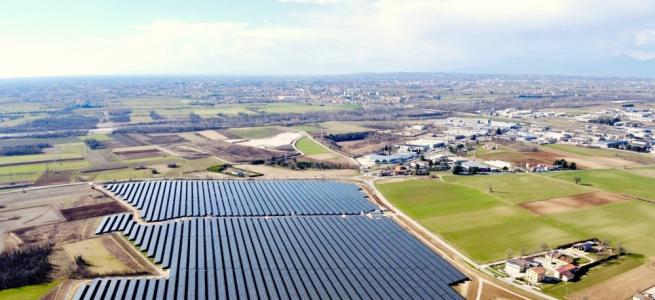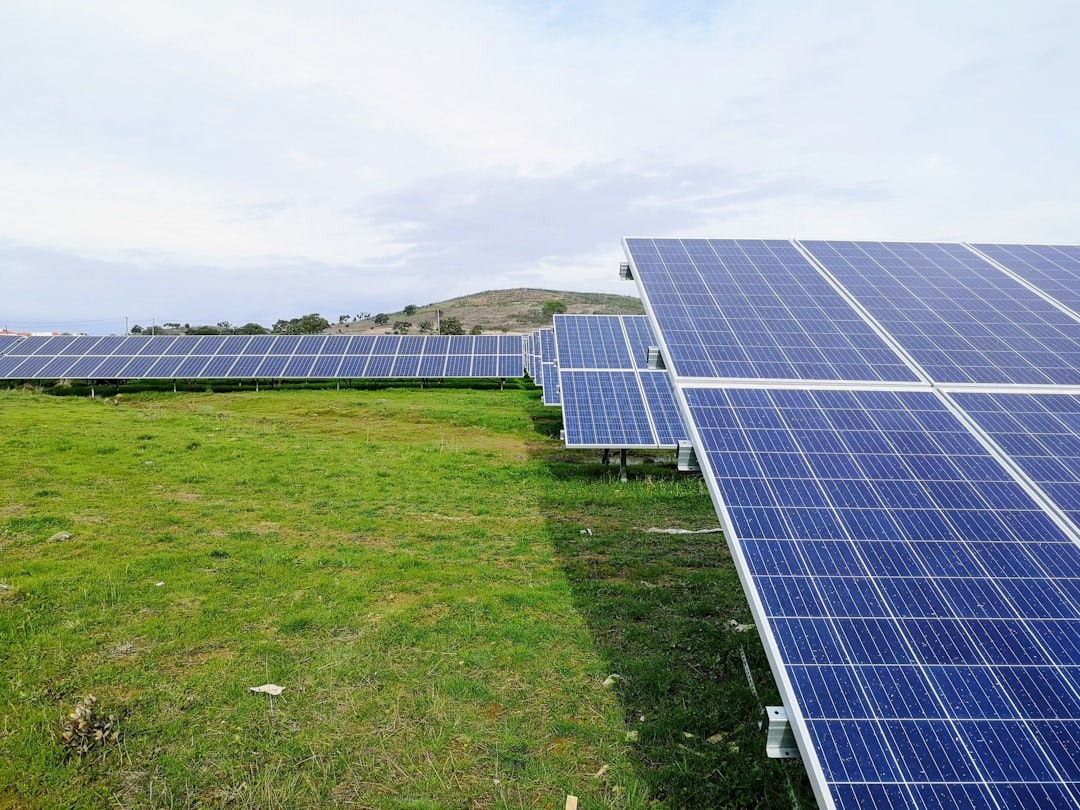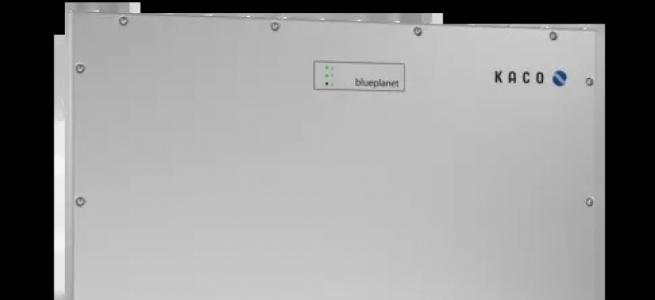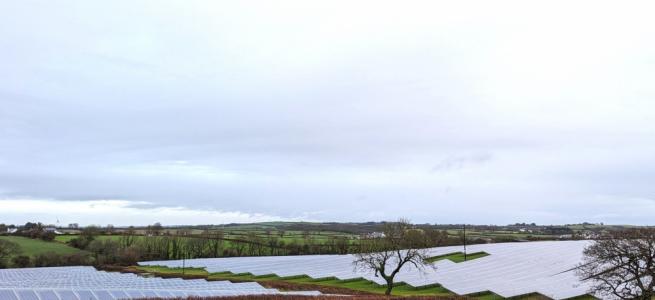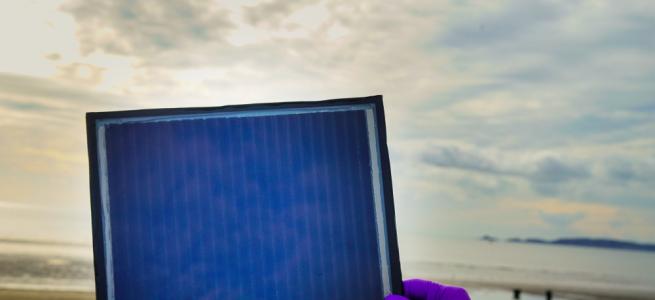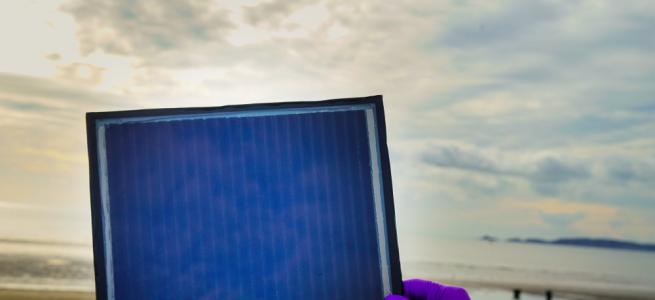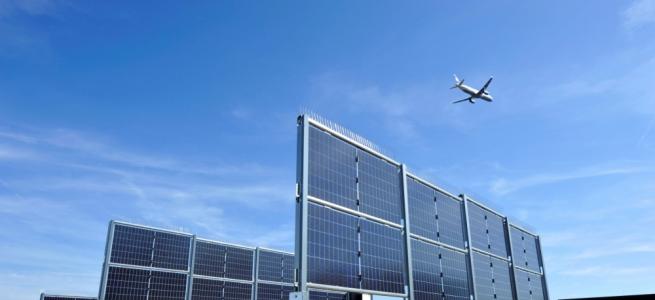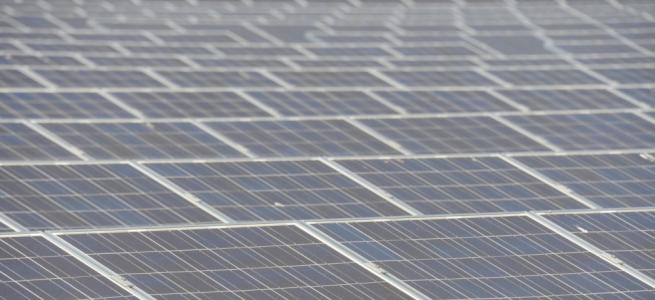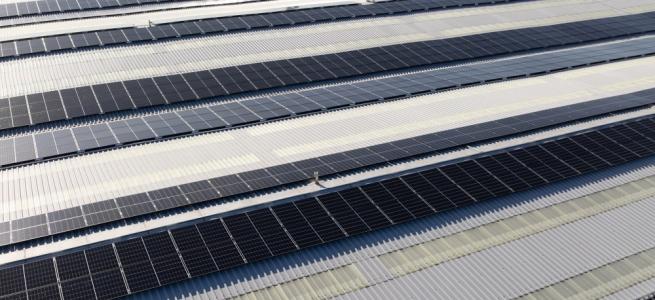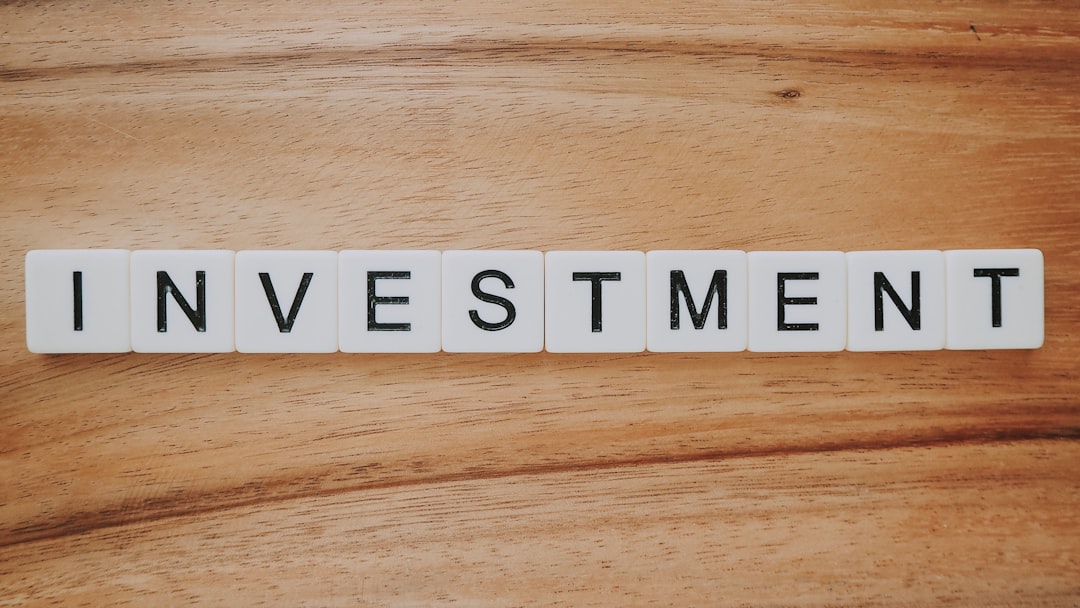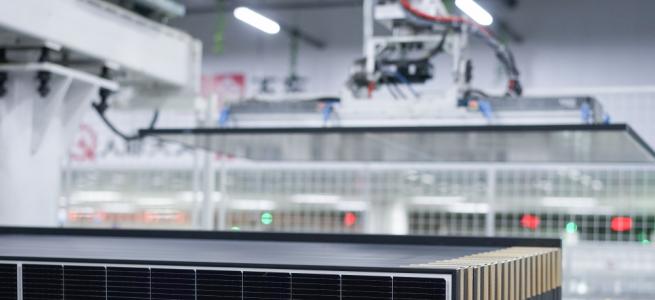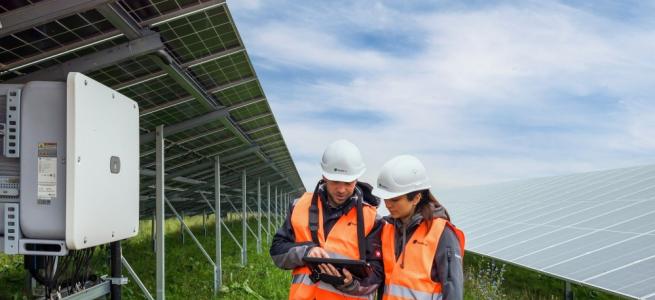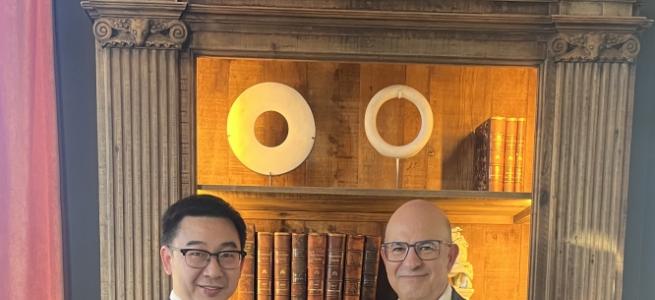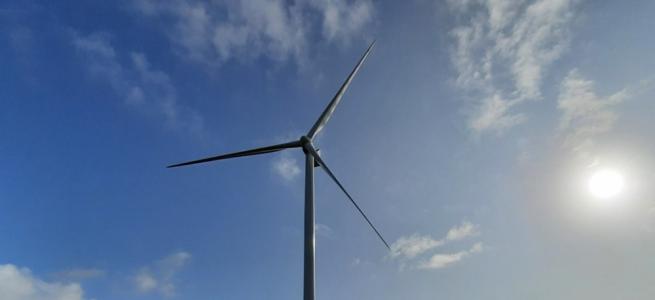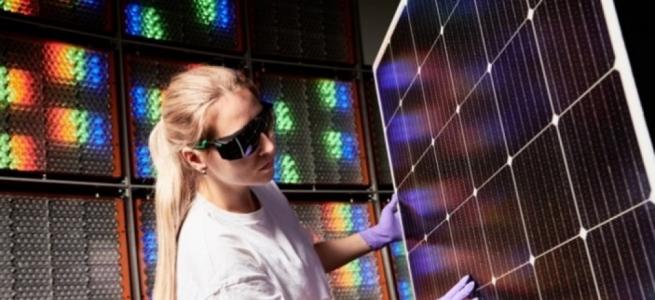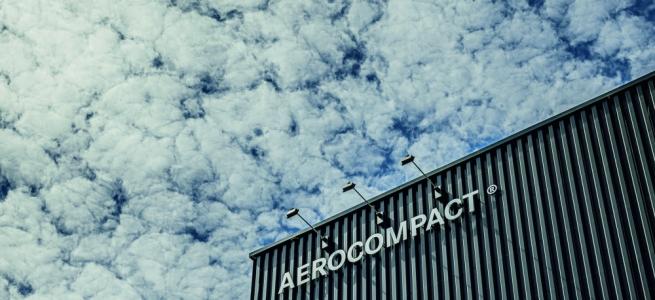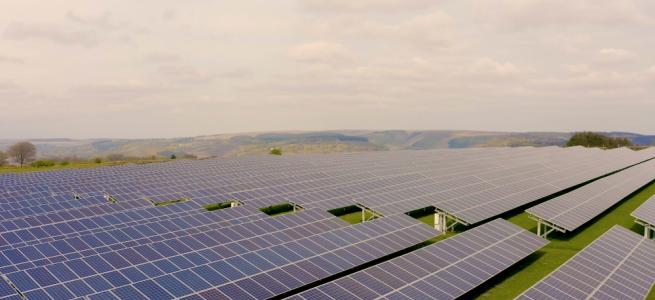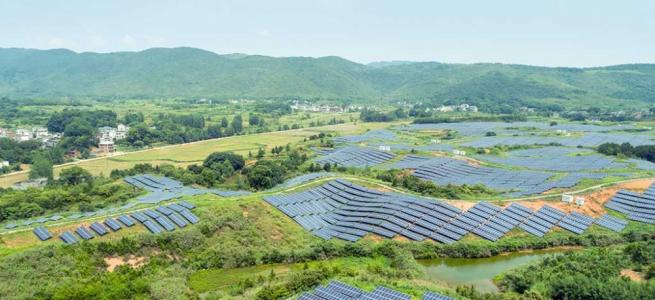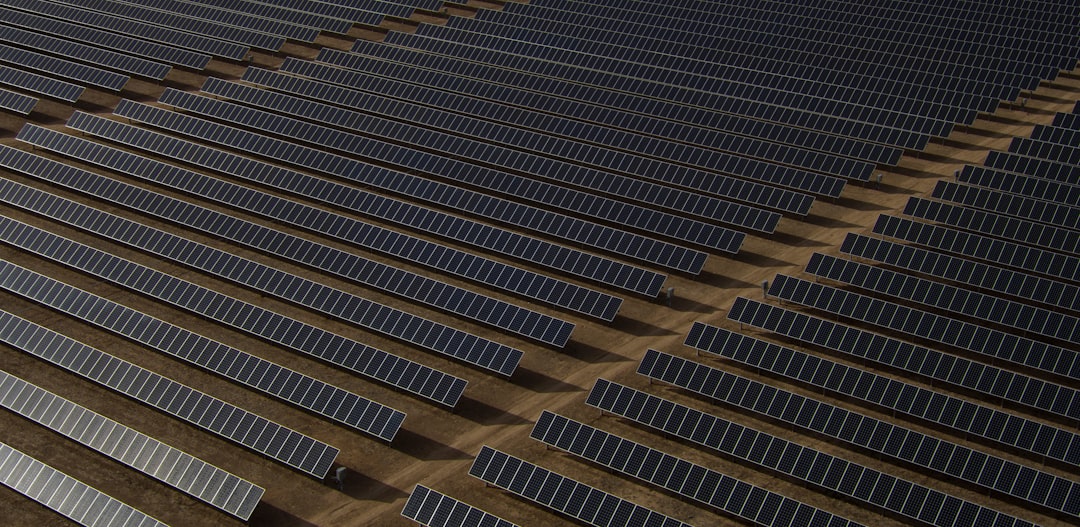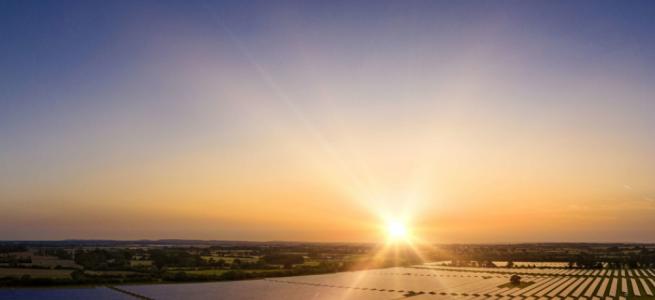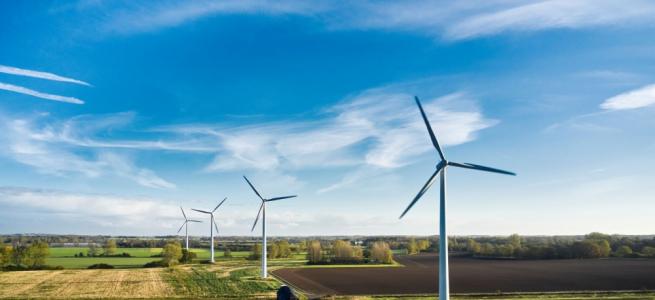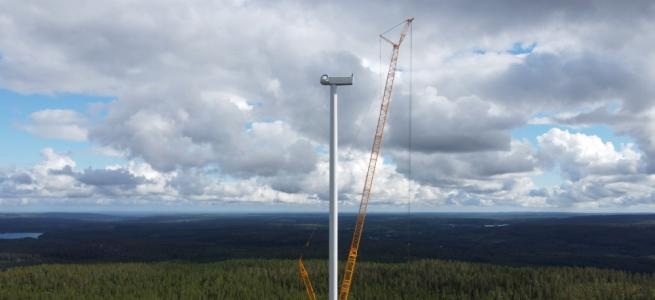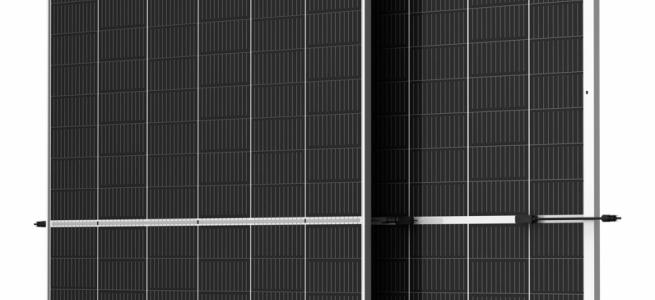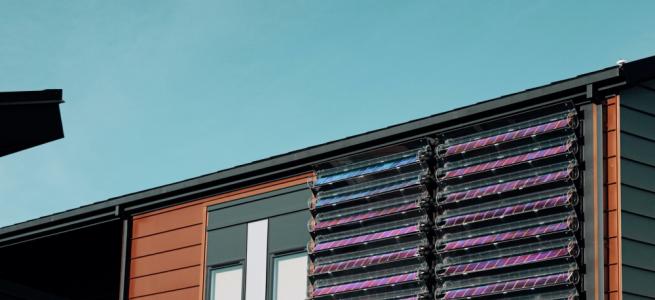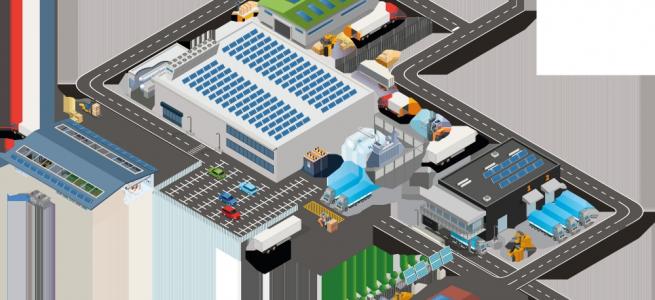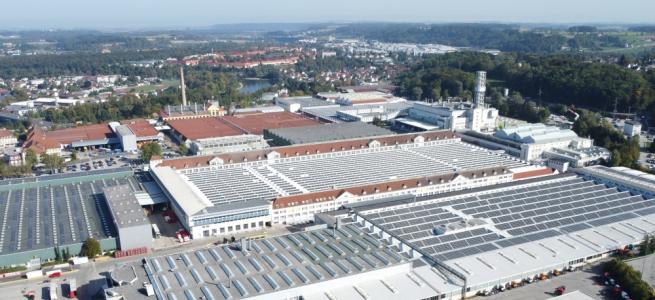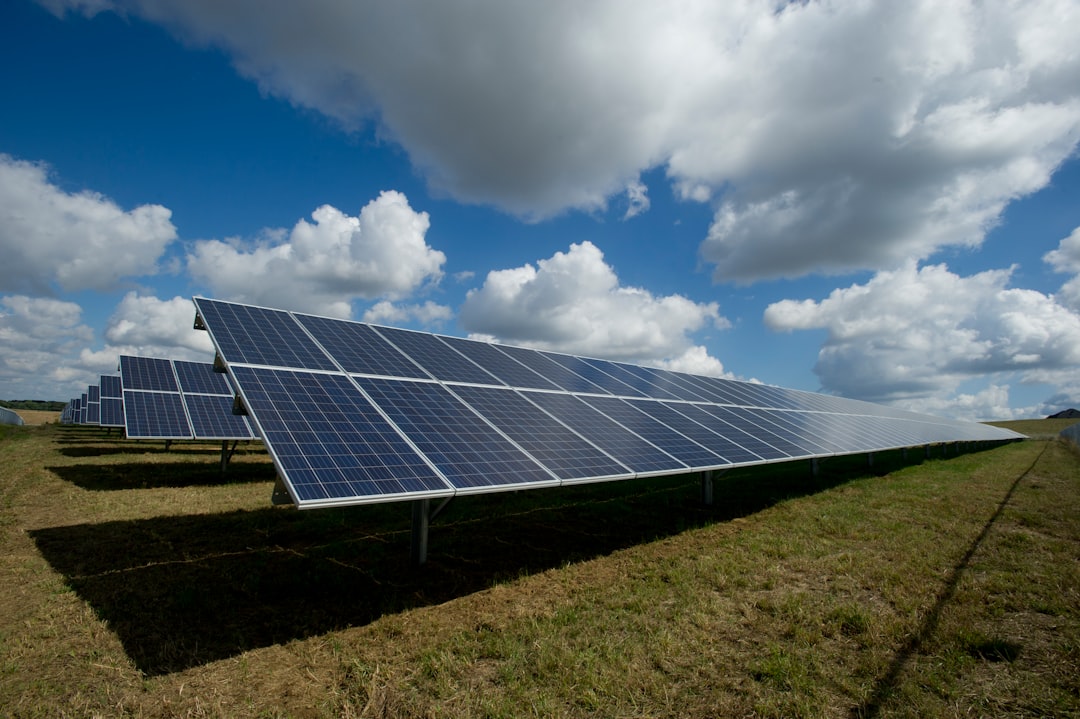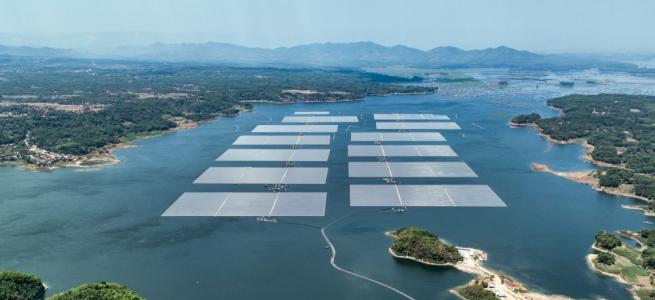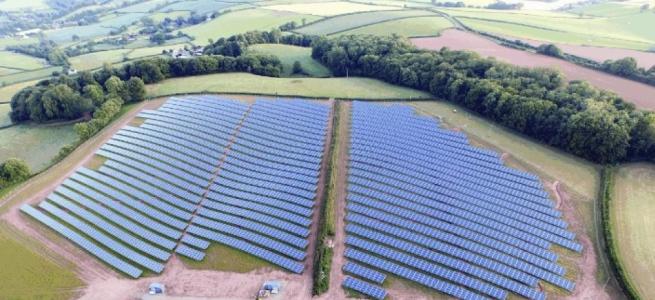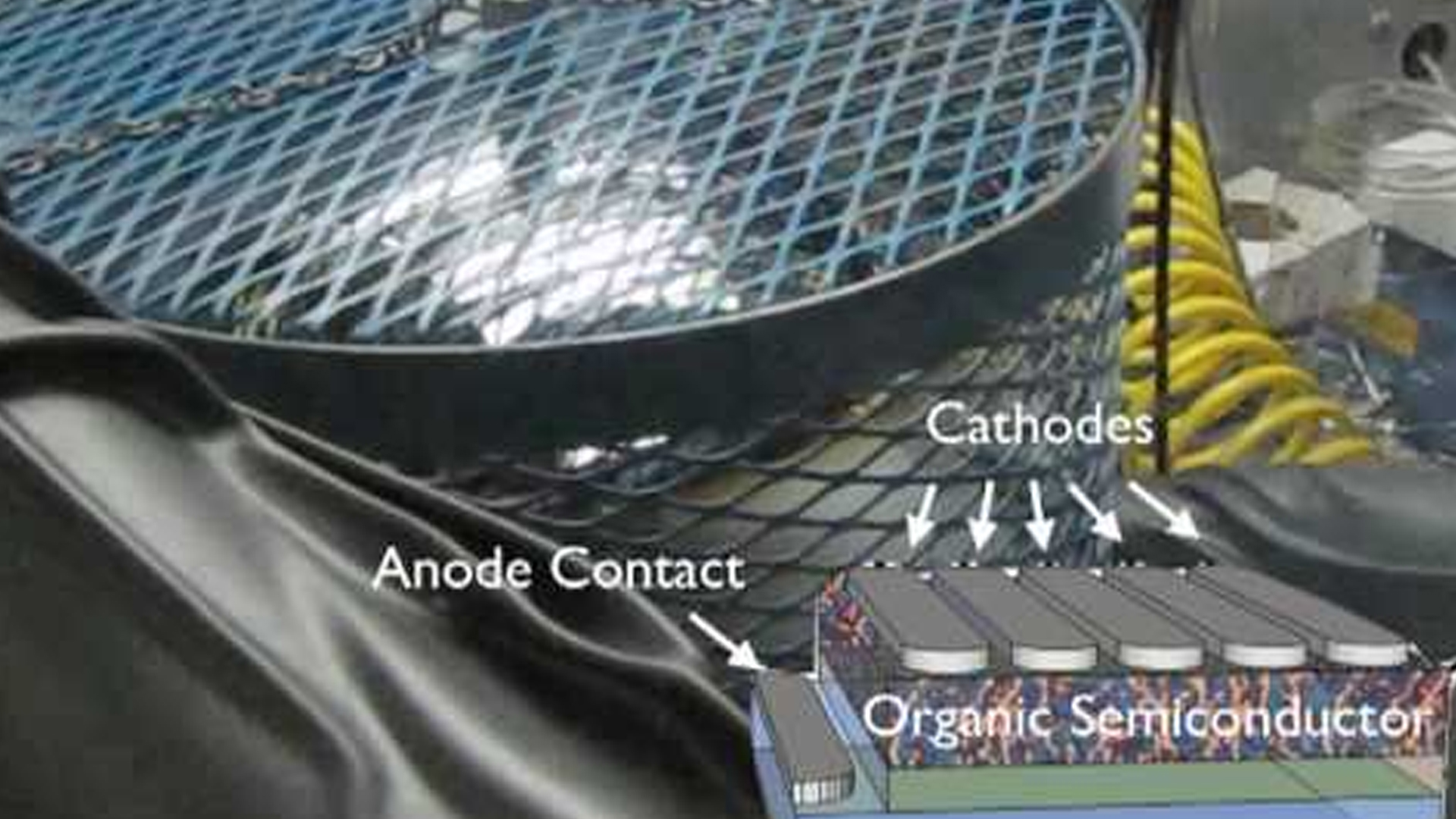Feature: Overcoming challenges for large-scale PV with string inverters

The utility-scale PV market has had an eventful few years. Installed capacity at the start of 2016 was an impressive 91 GW globally, that's up from just 5 GW installed at the end of 2010.[1] Solar is now mainstream. It is an established technology in markets such as Europe and North America and deployment worldwide in emerging markets, such as South America, India and China, continues to grow year-on-year. This success comes in spite of relentless cost pressures and the inevitable rolling back of subsidy support mechanisms in most markets.
The driver of this growth has been an industry-wide focus on innovation and cost-reduction that has seen the levelised cost of solar reduce. These technology enhancements have not come in the form of a silver bullet. Instead, it has been a process of incremental fine-tuning and improving best practices. It has been as much about learning as it has about innovating.
The sum of these small changes is the incredible growth we have witnessed in recent years. But the process continues. We continue to innovate, learn, adapt and ultimately improve. So what are some of the challenges facing utility-scale PV today and how do we overcome them?
Maximising yields
Maximising yields arguably remains the number one challenge. The application of string inverters for more consistent reliability, reduced O&M costs and improved monitoring represent changes to distinct aspects of the PV plant, which all help to increase yield. But yield benefits also come from the very structure and formation of string inverters within a PV plant compared to central inverters. Put simply, this comes down to the number of MPPTs in operation.
In a 2.0MW (AC) array, a Huawei smart PV solution has up to 200 MPPTs. These can optimize power generation by minimizing string mismatch. This is a result of the module cell output fluctuating between +/- 5W per module, then gradually these changes increase by the cells deteriorating with age. However, in a central inverter solution, if one string has a mismatch - like shading - all other strings will be affected. Based on our experience, multiple MPPTs can increase power yields by 1-2 percent. Over the lifetime of a plant, this can add up to a considerable difference in overall yield and return on investment.
Another way to improve yield is through I-V (Current-Voltage) Curve Testing, which EPC's are contractually required to do annually for 5-10 percent of the site at random. With Huawei's latest generation of inverters, EPC's are able to test 100 percent of the site with a click of a button from the convenience of their offices and see the results along with recommendations in less than 15 minutes. This saves time and labour costs whilst also improving safety of utility-scale solar sites.
Reliability
The significance of reliability cannot be understated. System failures can be costly and for this reason EPCs and investors must look to the best"“in-class technologies to ensure consistency. The key factors at play with reliability are consistency and containment.
At Huawei, reliability has been a strong focus for our R&D team and the results are bearing dividends. By the end of 2015, Huawei SUN2000 String Inverters accumulated sales of around 15GWs, of which 10GWs (300,000 units) have been connected to grid for at least one month and the total accumulated failure rate is only 0.35 percent globally and 0.25 percent in the UK.
When things do go wrong however, the last line of defence is containment. In a string system, if one inverter fails, the impact on the overall system's yield is minimal. However, with a central system, if the one inverter fails, a large section of your PV plant will be down with zero power yield. This key design handicap in the central arrangement means reliability issues are built into the system structure making it a case of "˜when' a significant section of your plant will be generating zero electricity, not "˜if'.
O&M
Related to reliability is the ongoing challenge of the O&M of a plant. If we continue with the previous example of system failure, the other consideration is how quickly repairs can be made so the plant can return to full yield capacity. String inverters are designed to be smaller and therefore easier to install. When one fails, two engineers can replace it with ease in just hours. With the central set-up, in addition to the whole plant being affected by the failure, the repair turnaround is much longer and requires highly skilled engineers, which are certified by the inverter supplier.
A recent IHS survey of customer opinions of string inverters found that the top reason for opting for string over central was this very issue. According to IHS "simplified diagnosis of faults and easy replacement of faulty components were the top reasons for using string inverters."
Beyond repairs, there are of course costs associated with the daily operation of the two types of inverters. The Huawei SUN2000 Smart PV inverters consume less than 20W power, while in a central inverter solution, power consumption is over 1500W for a 2MW inverter. The Huawei inverter can save 90 percent self-consumption when compared to central, mainly because of our patented natural cooling technology, which does not require a fan.
During the lifecycle of the project, with the central inverter solution, regular fuse replacements are required which incur costs or component labour. With the Huawei inverter solution, we use two strings per tracker that do not require fusing and this helps to bring down O&M costs too.
Monitoring
The rapid advance of data and monitoring systems has been one of the most exciting developments in our industry. Granularity in real-time monitoring has been an ambition of Huawei since its entry into the solar market. With our background in telecommunications, we felt this was a very natural challenge for us to take on.
When we approach monitoring capabilities our three considerations are optimising yield, reliability and improving monitoring accuracy. Our innovation here is the use of power line communication (PLC) technology which replaces the traditional RS485 cable solution. Think of this as fibre-optic replacing dated and complex wiring systems. The PLC cabling ensures higher speeds and reliable communications whilst also saving on cabling and labour costs.
The physical element is just one part of monitoring. Using our Smart Logger, we collect the data and report back from string level monitoring to total the site output. The Smart Logger can also connect to weather stations which allows you to compare the site output with the irradiation on the site.
The combination of smart hardware, from the inverter through to the cabling, with intelligent monitoring and reporting is what Huawei call FusionSolar. The solution lets you monitor and manage multiple PV plants from one control centre, or more simply from your phone or tablet, so you're always able to see how they are performing and, if required, can make adjustments to maximise your yields.
Competitiveness and the future of smart PV
Companies in the solar industry are often focused on competing with other players in the sector. Yet, the fact remains that we are ultimately in competition with any source of electricity generation that is viable in a target market. Our competitiveness against other sources of electricity therefore, remains a vital challenge in securing investment for projects.
We are all responsible as industry players to present a compelling case to investors that outline the benefits of solar. The way to do this is to demonstrate how we are delivering higher yields and greater returns on investment than ever before. Upfront costs and cost pressures generally remain a big issue for the industry. But we must hold a longer perspective and adopt the solutions that deliver over the lifetime of a plant and not give in to short-termism.
There is undoubtedly momentum in the market as more and more EPCs and investors opt for string solutions. As the recent IHS Markit report points out, "IHS predicts that whilst annual global single-phase and central inverter market revenues will decline, string inverter revenues will grow by 75 percent from 2014 to 2020." The evidence of the benefits is mounting and out-dated perceptions are giving way.
As the leading company by shipments of string inverters, Huawei has been at the forefront of this transformation. We are excited about what the future holds, particularly with the integration of smart technologies. We are convinced that the industry is reaching a new milestone when it comes to utility scale PV through the application of smart technologies. This is a development in which the industry as a whole can find comfort as they continue to invest in this clean energy source.
Â
1Large scale solar shifts to small inverters - IHS Markit


